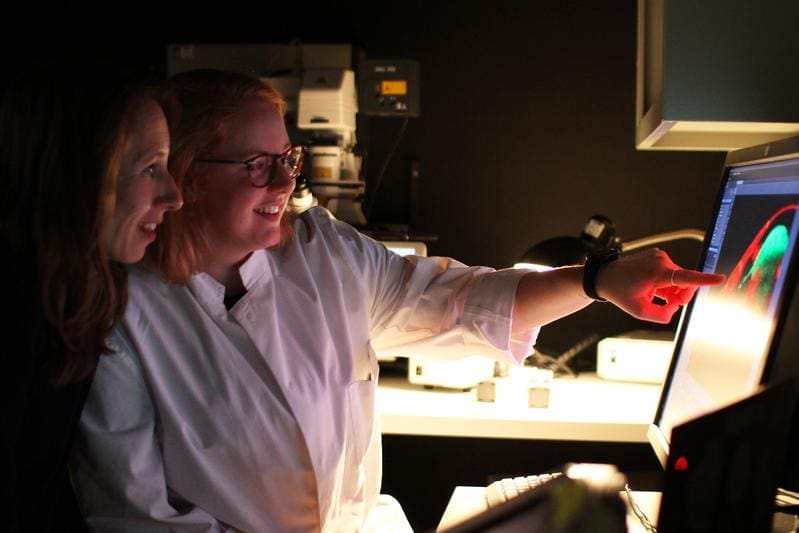Kiel researchers decipher microbial infection protection in nematodes
Researchers from the Collaborative Research Center (CRC) 1182 at Kiel University (CAU ) have used the nematode Caenorhabditis elegans to demonstrate how an intestinal bacterium of the genus Pseudomonas uses a novel metabolic pathway to produce sphingolipids, which protect the host from infections. The findings, obtained in collaboration with the Max Planck Institute for Terrestrial Microbiology and international partners, expand our understanding of the role of the microbiome in disease defense.
The microbiome significantly influences the health of the host, in particular by protecting against pathogens, the researchers explained. The CRC 1182 has been investigating the complex interactions between host organisms and microorganisms for years, including using the model organism C. elegans. In their study, the scientists discovered that a Pseudomonas bacterium produces sphingolipids in the intestine of the nematode, although this was previously unknown for this bacterial genus. According to the scientists, it is surprising that the bacteria use an alternative metabolic pathway that differs from known sphingolipid synthesis pathways.

Sphingolipids are produced by a specific biosynthetic gene cluster and protect the worm’s intestinal epithelium from damage caused by pathogens such as Bacillus thuringiensis. According to the researchers, analyses have shown that the sphingolipids influence the worm’s sphingolipid metabolism. They suspect that this is due to a strengthening of the cell membranes, which could increase resistance to pathogens. Similar gene clusters were also found in other host-associated intestinal bacteria, indicating a broader distribution of these protective mechanisms.
The study led by PD Dr. Katja Dierking used metabolic and transcriptional analyses as well as mass spectrometric methods to elucidate the genetic and metabolic basis of infection protection. Cooperation with CAU professors Christoph Kaleta and Manuel Liebeke as well as international partners such as the Marburg MPI and the University of Edinburgh made it possible to discover that bacterial sphingolipids do not promote infections, as is often assumed, but actively protect the host. Production takes place as a secondary metabolite via a polyketide synthase that encodes the necessary enzymes, the researchers explained.
The results were based on earlier studies that had demonstrated microbiome-mediated protection against infection in C. elegans, but without knowing the underlying mechanisms. The current work shows how microbial metabolites improve the barrier function of intestinal cells, which indirectly protects against pathogens. In the long term, the scientists hope to apply such findings to the human intestine in order to treat disorders of the microbiome and the resulting diseases in a targeted manner, they emphasized.
Original Paper:
The articles in the news section are produced by X-Press journalist office
Gender note. The personal designations used in this text always refer equally to female, male and diverse persons. Double/triple references and gendered designations are avoided in favor of better readability.




